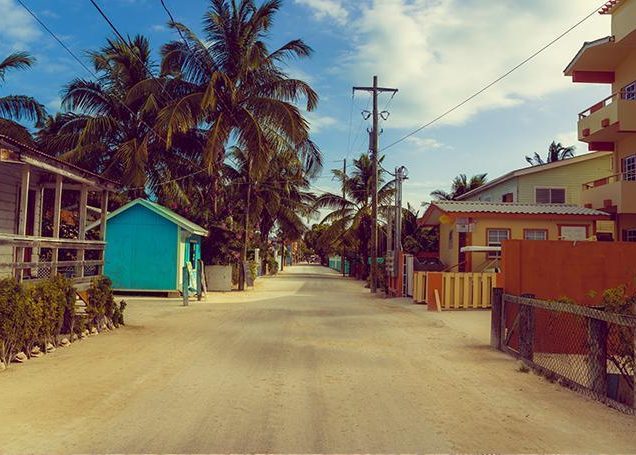

Belize is emerging as one of Central America’s best kept secrets. Bordered by Guatemala, Mexico and the Caribbean Sea, this small country combines amazing broad sand beaches and offshore island paradises with lush rainforest, home to a myriad of bird and animal species. San Ignacio, the capital of the inland Cayo district, is our base for excursions like tubing on the beautiful Macal River, caving and visits to ruins and waterfalls. The vibrant Belize City features handsome colonial homes and many colourful characters.
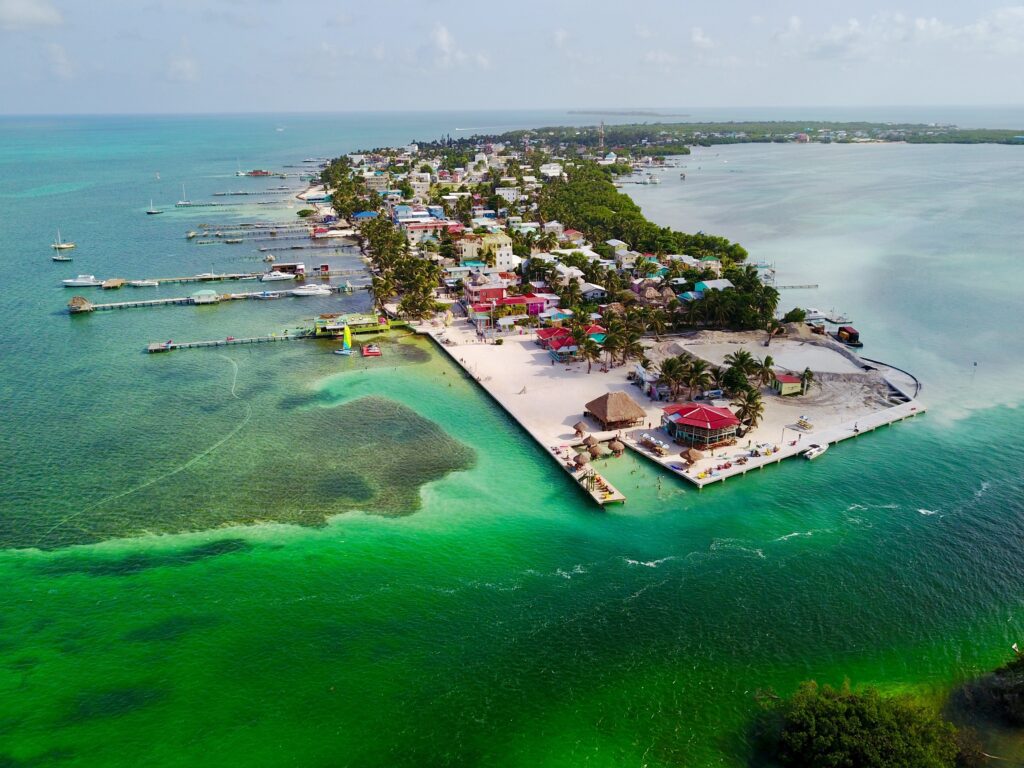
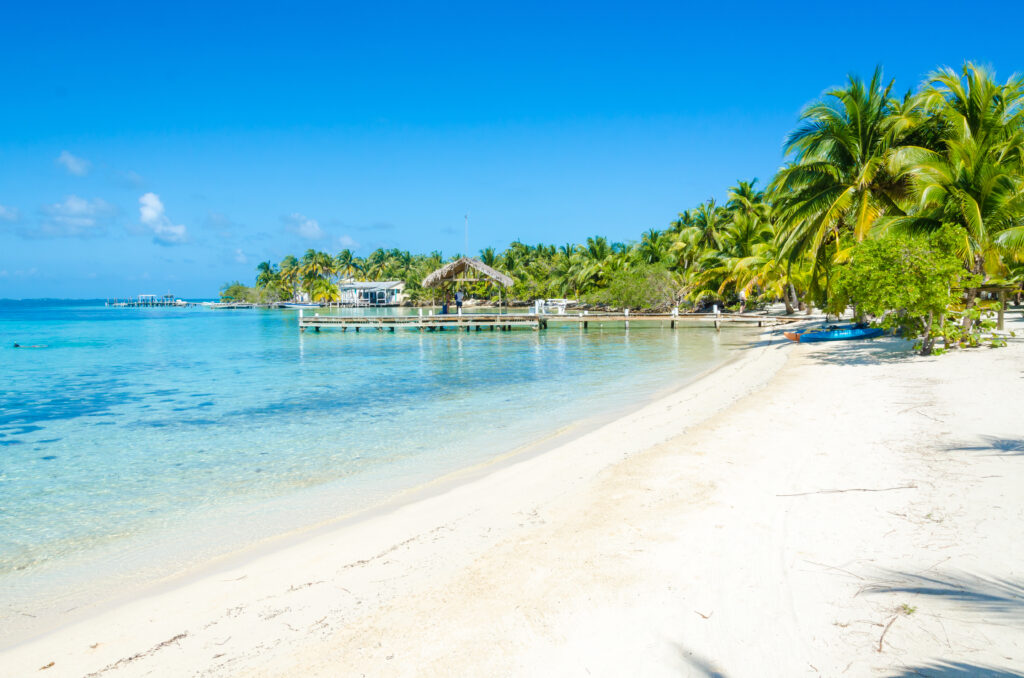
An adventure to Belize can take you just offshore to the small island of Caye Caulker, which has the ultimate laid-back attitude, with ‘No Shirt, No Shoes…No Problem’ signs and a car-free lifestyle which means you’ll need sandals or a bicycle to meander your way around the sandy roads. Enjoy a walk along the docks with a balmy Caribbean Sea breeze, then snorkel over to the nearby barrier reef when you feel like taking a dip in the clear turquoise waters. There are plenty of ocean front restaurants to choose from when you need to get out of the sun. This is no doubt why a Belize adventure tour is always a highlight of Central America.
The Maya civilisation spread over Belize between 1500 BC and 300 AD and flourished until about 900AD. The first Europeans arrived in the area in the early 16th Century and settlement began with shipwrecked English seamen in 1638. This period also was marked by piracy, indiscriminate logging and sporadic conflict with the neighbouring Spanish colonies. Belize grew into a more official colony of the UK during the late 18th and early 19th century under the name of British Honduras, and became a crown colony in 1862. Self-governing since 1964 and renamed Belize in 1973, George Price led the country to full independence in September 1981.
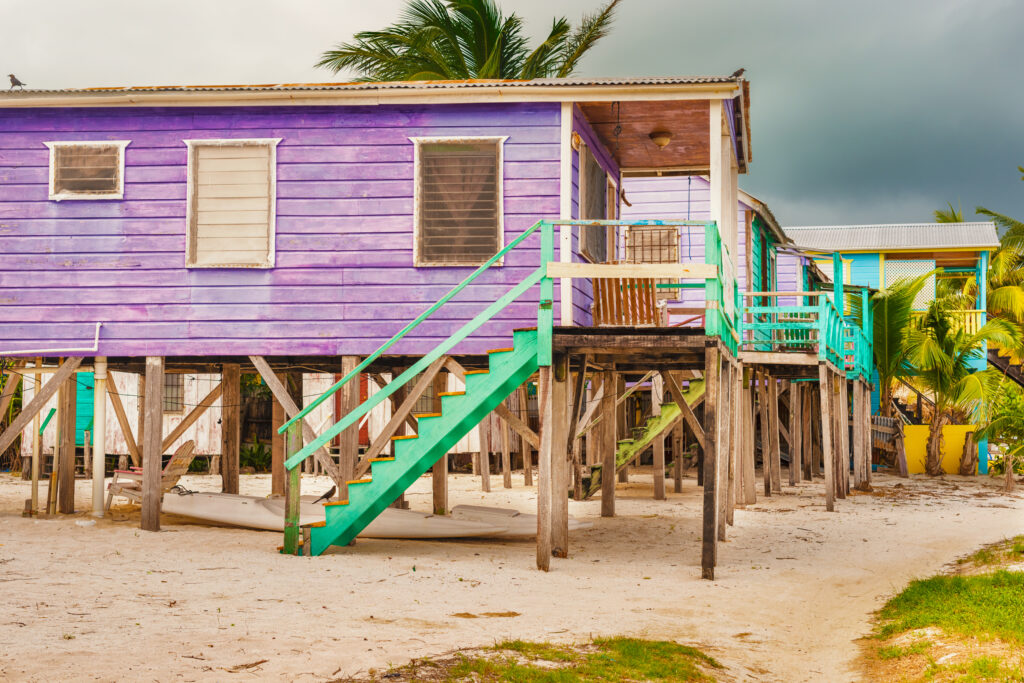
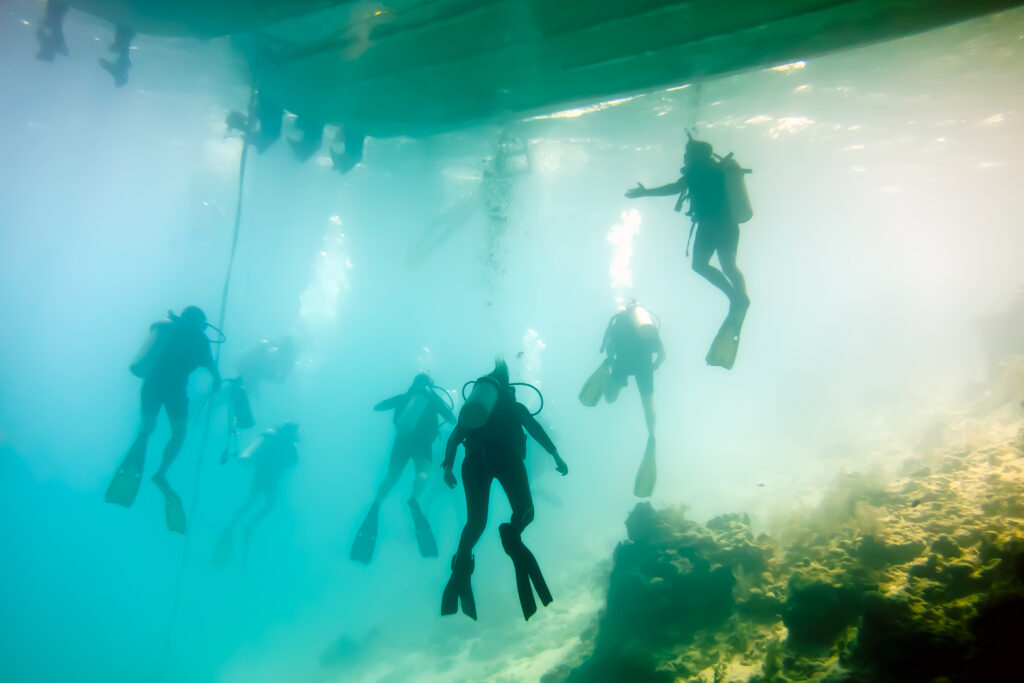
The highest point of Belize is 1160m, although the majority of the country is tropical lowland. The country’s coastline is covered mainly by mangrove swamps. Offshore, the limestone extends eastward, forming part of the second-longest reef system in the world.
There is a basic rainy season from May to November. Generally, the hottest time is from March to May, when temperatures can become extremely hot and humid. Water visibility is best from March to September, but is still considered good most times of year (for divers).
The hurricane season on the Caribbean side of Central America runs from September to November.
Visit www.worldclimate.com to get an idea of what the weather will be like on your tour.
Most nationals do not require a visa to enter Belize; however, it is essential to check with your nearest embassy or consulate for confirmation. As a tourist, you are usually entitled to 30 days’ entry, and there may be a fee associated with your visa application. check out our guides here before you travel.
Upon entering, you may be asked to complete an immigration card. A copy of this card should stay in your passport until you exit the country.
There are no specific security concerns; however, we advise you to exercise the same level of caution in Belize as you would elsewhere. Try to avoid dark, quiet areas if you’re alone, particularly late at night. We suggest that, whenever possible, you leave all of your essential documents in the hotel safe. However, it is recommended that you always carry some form of identification or a photocopy of your passport.
It is advisable not to wear expensive-looking watches or jewellery, and avoid carrying a wallet in your back pocket or loose, hanging bags. Keep your camera concealed when not in use.
The local currency is the Belize dollar (BZ$). Belize dollars are not usable or exchangeable outside the country. Therefore, ensure that you spend, exchange, or donate any leftover money before you leave.
For up-to-date exchange rates with your currency, visit www.xe.com.
Belize generally accepts torn or marked US dollars, so if your notes are damaged, you may want to spend them here! You may encounter significant difficulties changing or using damaged notes in Honduras, Guatemala, or Mexico.
Traveller’s cheques are very quick and easy to use and exchange in Belize as long as they are in US dollars.
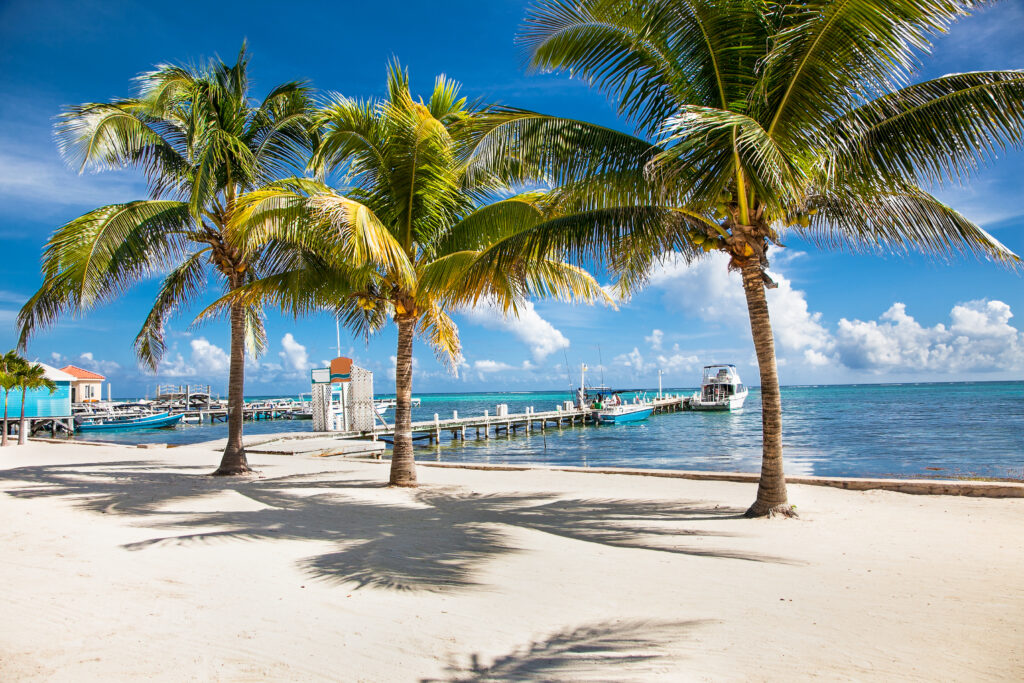
Local taxis are a cheap and reliable way to get around the San Ignacio area. Local buses are available; however, timetables may be flexible. You can expect to pay approximately BZ$8 for each taxi ride within the local area, and up to BZ$20 for longer journeys. Taxis in Belize do not operate on meters, so it is essential to confirm the price before getting into the car.
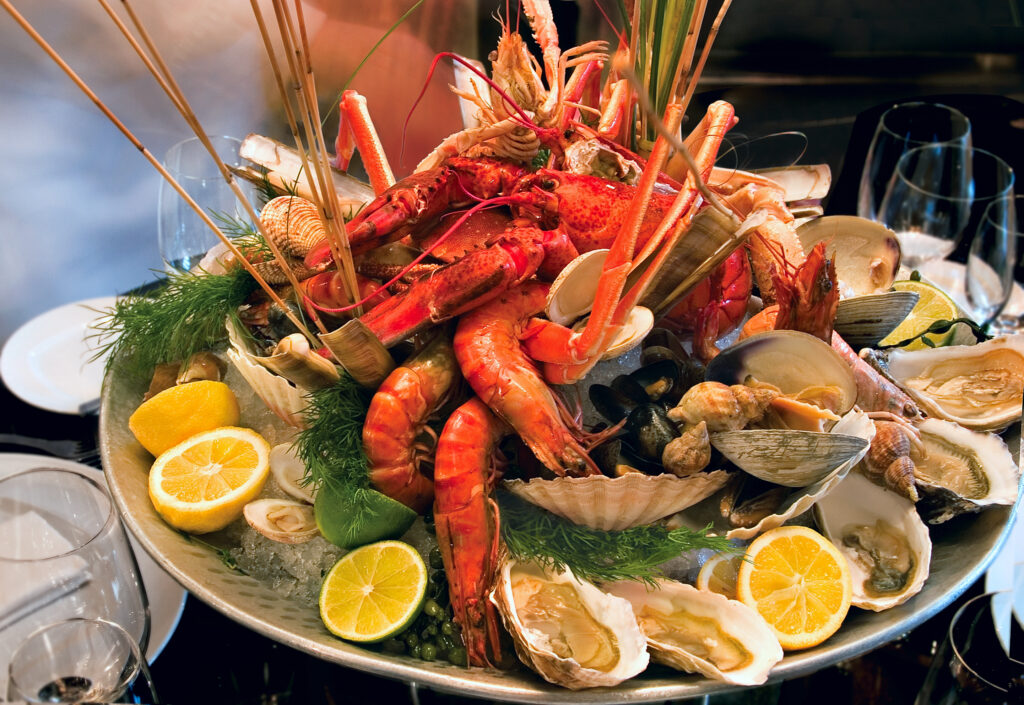
Belize offers a diverse selection of seafood, particularly lobster and shrimp. Lobsters are only in season from mid-June to mid-February. The conch (shellfish) season begins when the lobster season ends. Shrimp are usually available year-round. Typical side dishes include coleslaw, potato salad, rice & beans and sweet fried bananas (platanos).
Central American fruit is fresh and cheap. There are some fantastic selections of fruit smoothies and juices on offer. Papaya, melon, watermelon, mango, and pineapple are all very popular.
Local burritos – Belizean burritos are among the best in the world. There is also a fantastic chilli sauce to be found on every Belizean restaurant table, called ‘Marie Sharp’ – it comes in mild, hot, and extra hot. But beware, when they say hot, they mean hot!
Central America is known for its good beer. Belizean beer is a little stronger in flavour than that of other countries. Belikan Beer is the National beer. Rum has always been the spirit of choice. White rum and coconut rum are the most common.
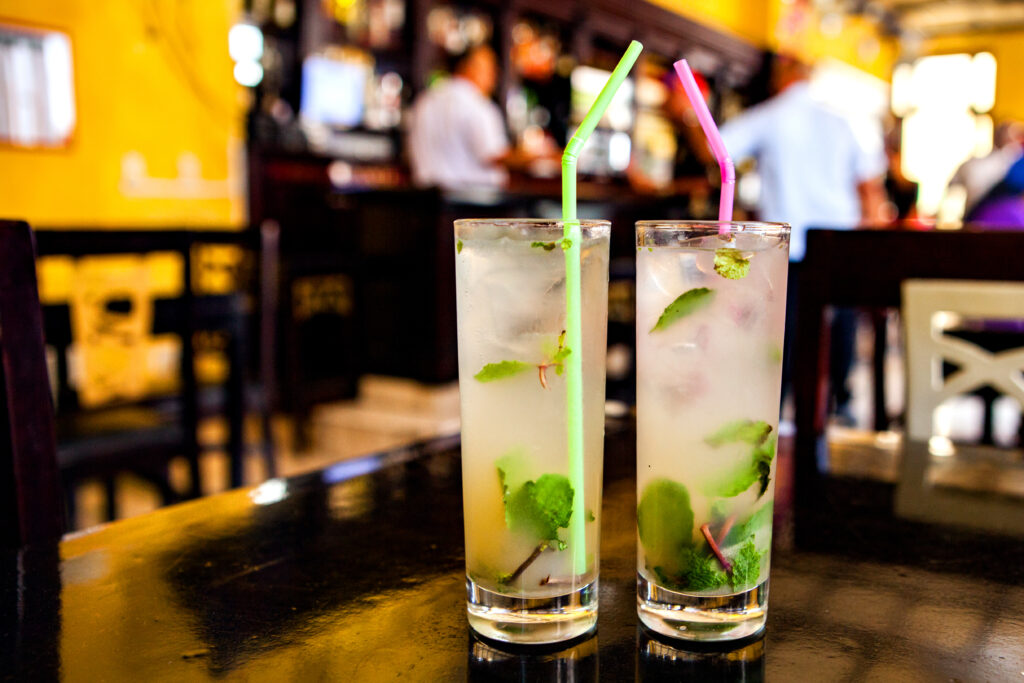
The time difference in Belize is GMT/UTC -6. For other time differences please visit www.timeanddate.com
110 volts, US-style two pronged plugs
Chasing Thrills on a Budget: The call of adventure whispers in your ear, but your wallet whispers back a different…
The 7 human-made Wonders of our World The ancients created the original list of the Seven Wonders of the World.…
Bird Watching in Costa Rica On the blog today, we hear from Danae. Danae was previously the Latin America Operations…
We are passionate adventure travelers who want to share the world and our travel experiences with everyone…
This website uses cookies so that we can provide you with the best user experience possible. Cookie information is stored in your browser and performs functions such as recognising you when you return to our website and helping our team to understand which sections of the website you find most interesting and useful.
Strictly Necessary Cookie should be enabled at all times so that we can save your preferences for cookie settings.
If you disable this cookie, we will not be able to save your preferences. This means that every time you visit this website you will need to enable or disable cookies again.
